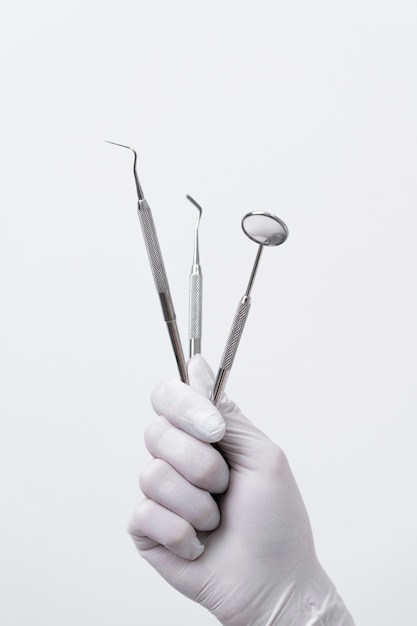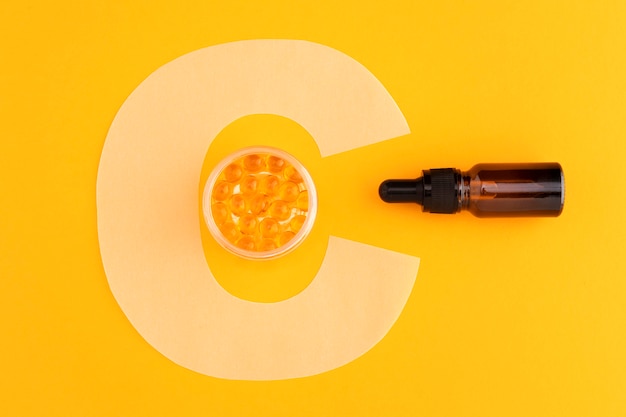

Swimming is a blast, but dealing with swimmer’s ear? Not so much. The CDC says that around 2.4 million people visit the doctor each year because of swimmer’s ear, also known as acute otitis externa (AOE). It’s important to prevent AOE, especially if you love swimming, but there are also steps you can take to avoid it even from something as common as showering.
**Keep Your Ears Dry**
The best way to fight infections is to prevent them in the first place. Your body naturally produces earwax, which helps protect your ears from infections and water exposure. Because your ears are sensitive, it’s important to keep this protective coating as dry as you can.
Chlorine, whether it’s in tap water or a swimming pool, can strip away this protective earwax, leaving your ear’s skin vulnerable. To avoid this, consider wearing earplugs, a shower cap, or specially molded ear protection when swimming or showering.
**Dry Your Ears Thoroughly**
Sooner or later, water will get into your ears despite your best efforts. When that happens, make sure to dry them thoroughly. A good trick is to gently pull on your upper ear to straighten the ear canal and tilt your head to let any water drain out.
Be careful not to insert anything into your ear. Simply dry the outer part of your ear with a towel. If you feel like there’s water deeper inside, try using a hairdryer on the lowest setting to gently warm the outer and inner ear, which should help evaporate the moisture.
**Avoid Putting Objects in Your Ear**
We’ve all done it – using cotton swabs to clean our ears. But this is actually a bad practice. Although it might seem like removing earwax is the way to keep your ears clean, remember that a little earwax is necessary because it protects your ears.
Even using your finger can cause tiny injuries to your ear canal and push earwax further inside, making the problem worse.
**Use Ear Drops If Necessary**
If water in your ear persists and regular drying methods don’t work, you might need to take more action, especially if your ears feel plugged or inflamed. Homemade ear drops with a 1:1 ratio of rubbing alcohol and white vinegar can help, but check with your doctor first. Don’t use ear drops if you have an outer ear infection, unusual discharge, or a damaged eardrum. Make sure the solution is warmed to body temperature to avoid dizziness, nausea, or ear pain.
Alternatively, you can get prescription-strength ear drops from your doctor. Like with the homemade solution, ensure that these drops are warmed to your body temperature before using them.
By taking these precautions, you can help keep your ears healthy and free from painful infections.

